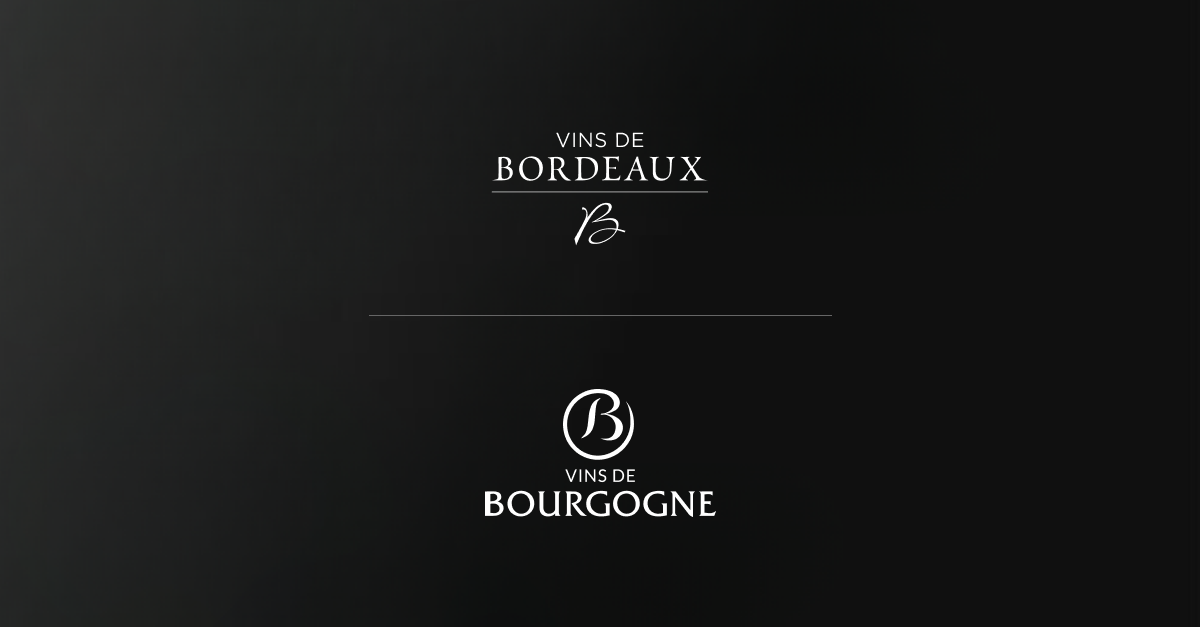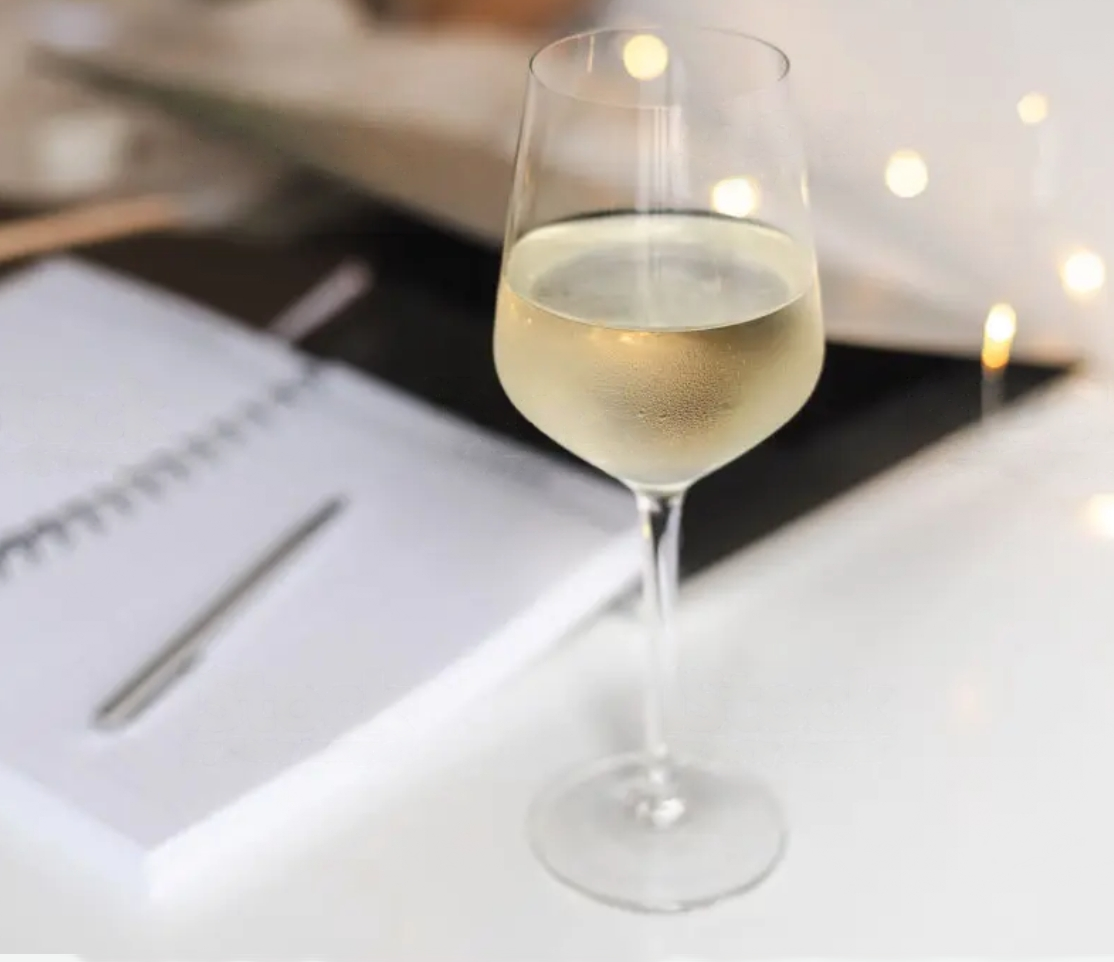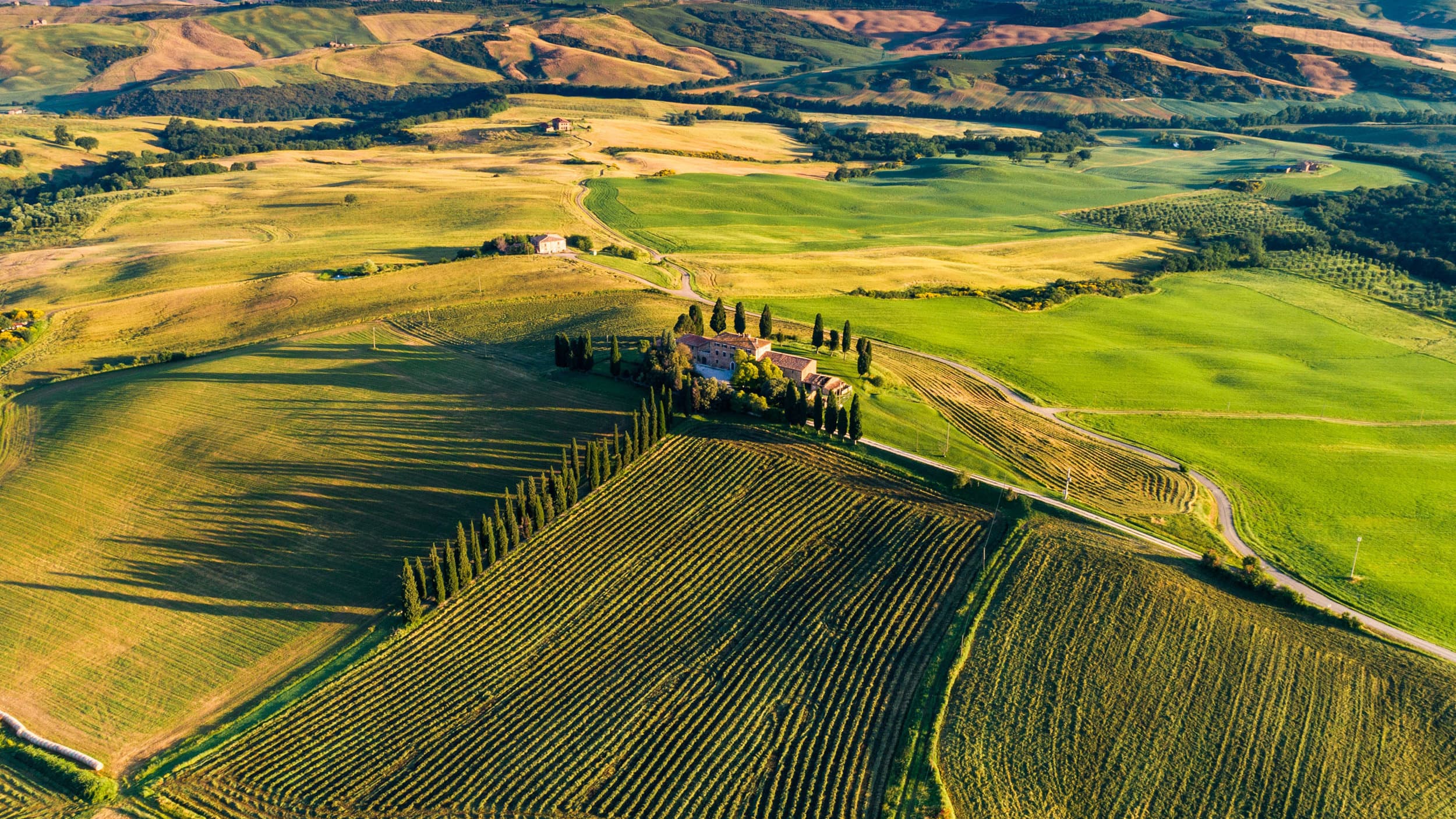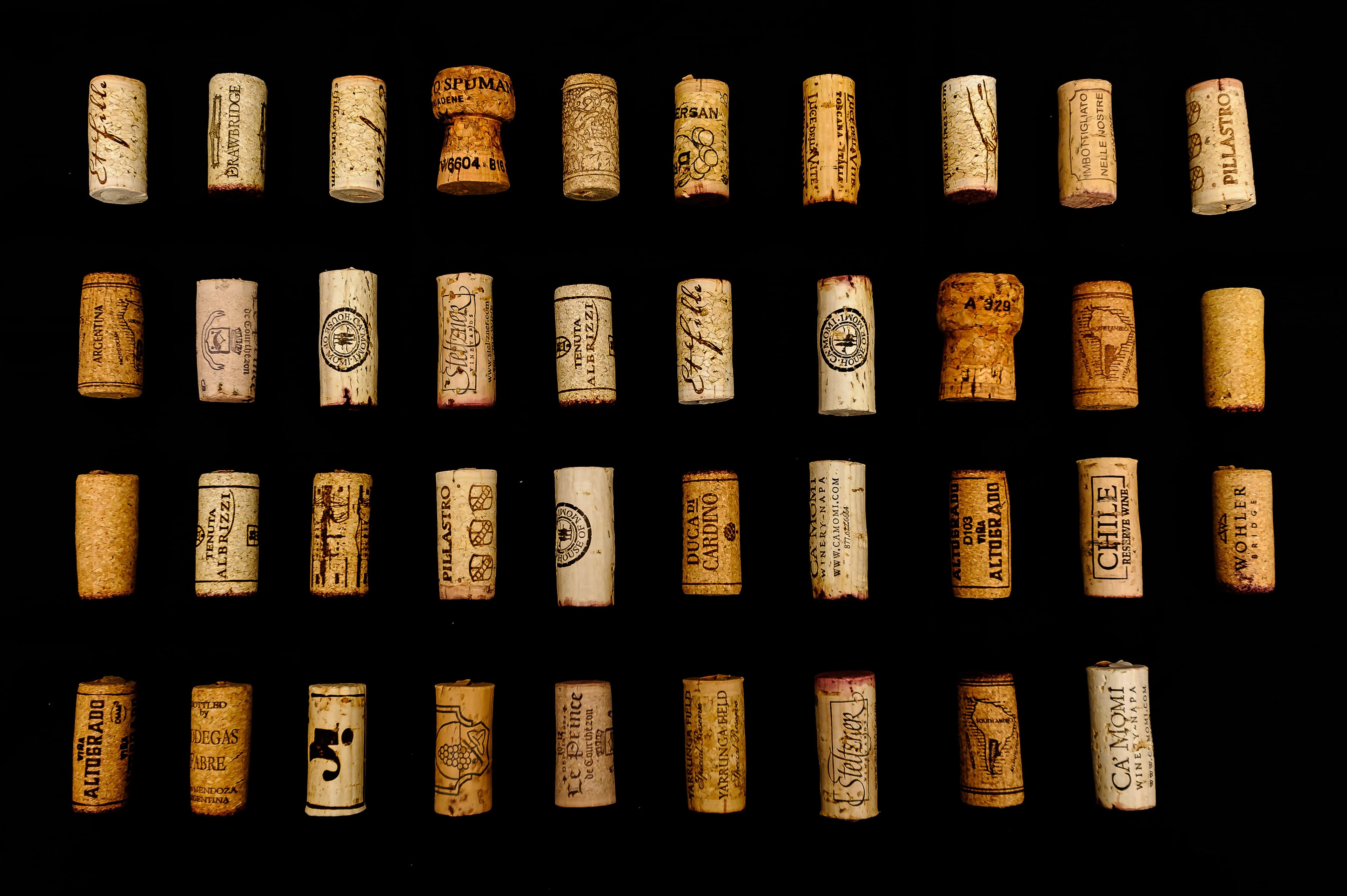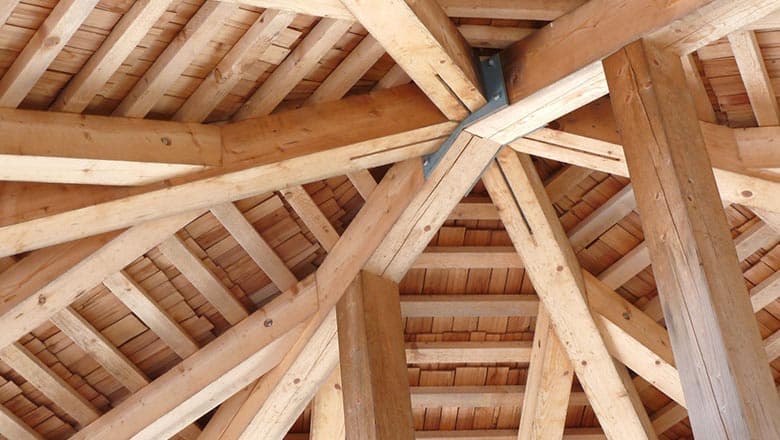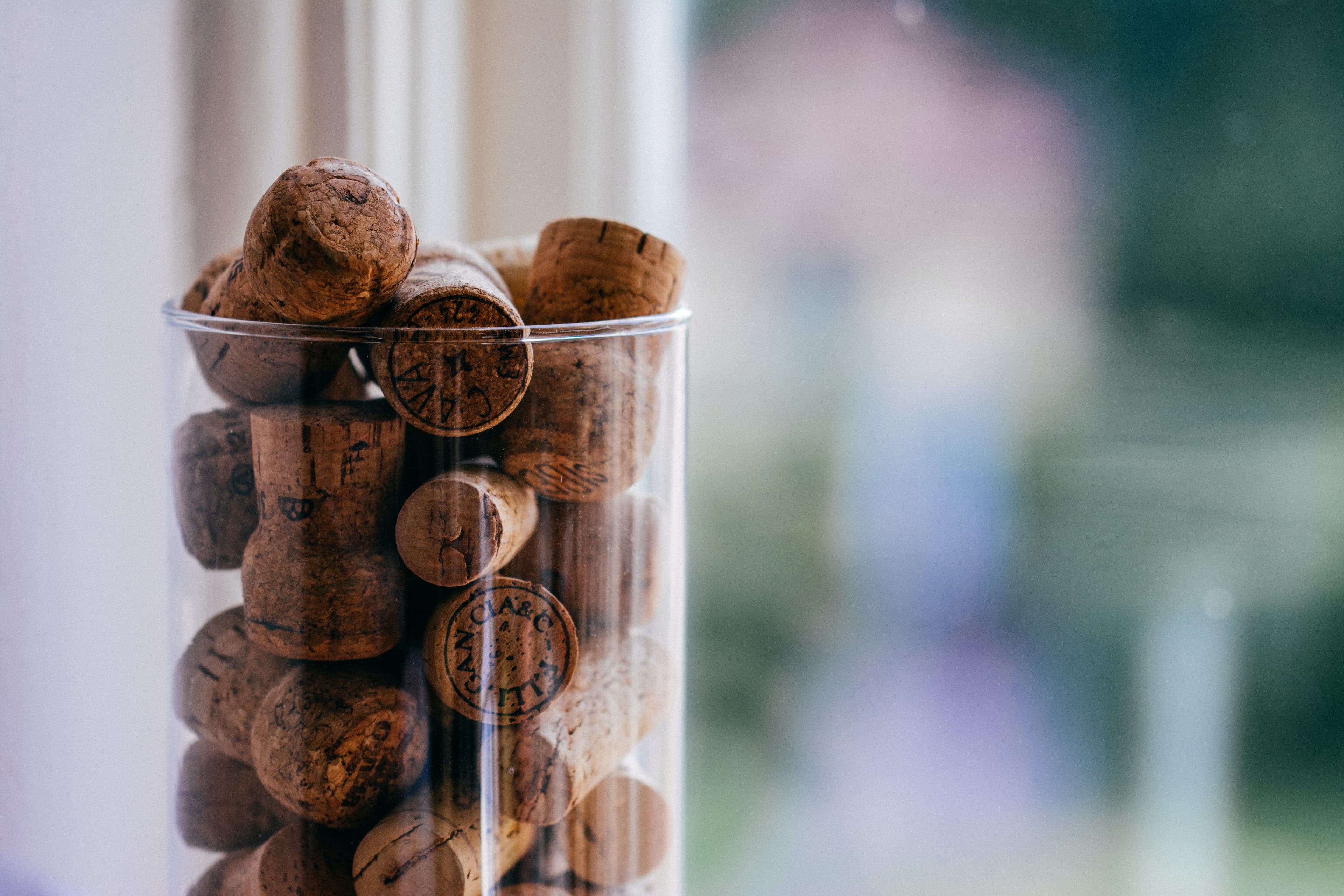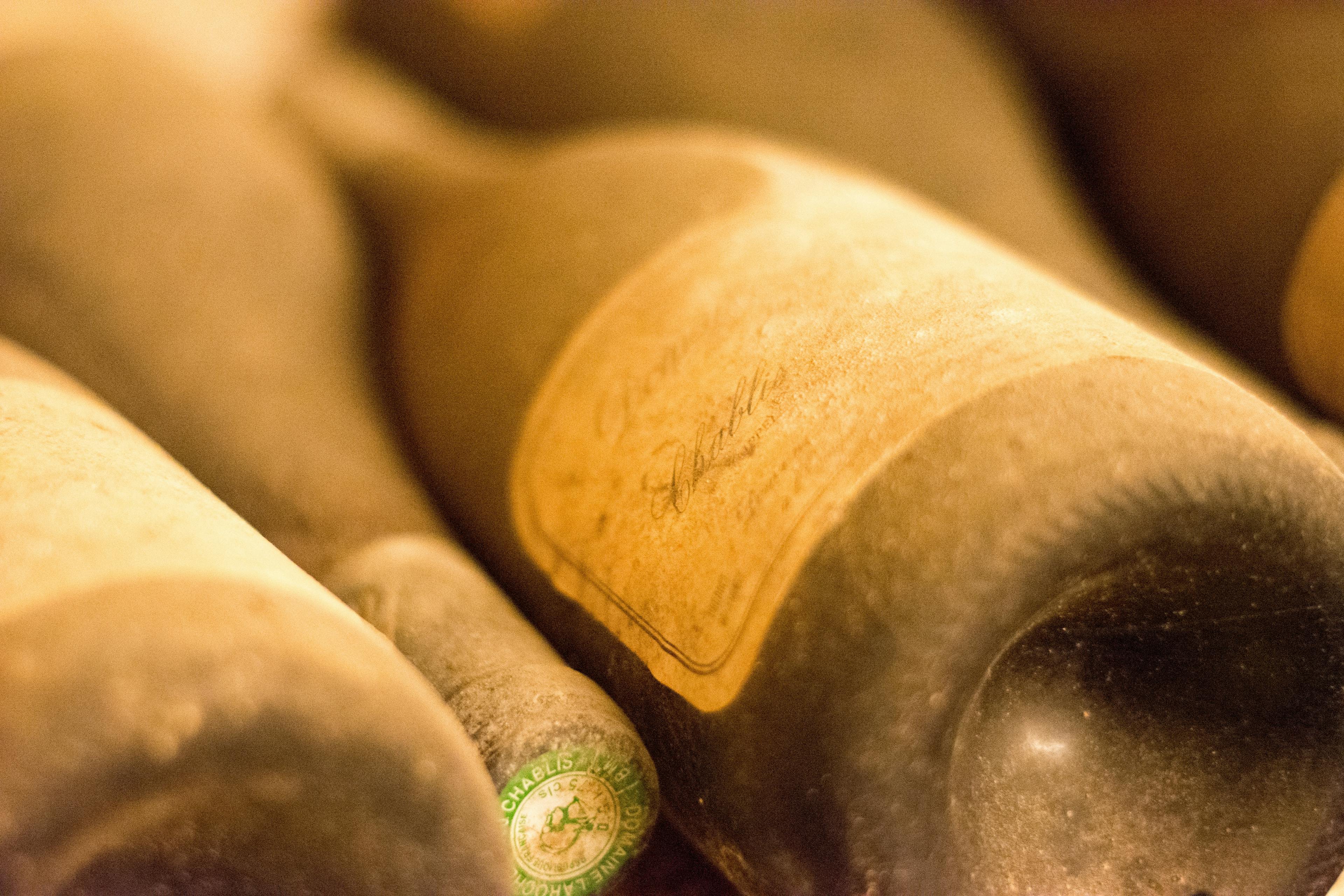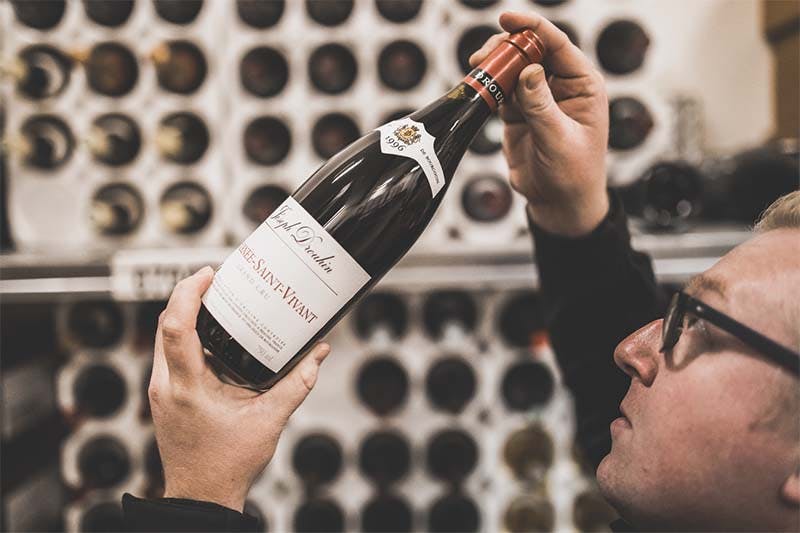
Discovering the art of serving Joseph Drouhin wines can transform your wine tasting experiences into something truly memorable. Whether you're a seasoned sommelier or a casual wine enthusiast, understanding the proper techniques for serving these prestigious wines is crucial. From selecting the right temperature to choosing the perfect glassware, each step plays a significant role in enhancing the wine's aroma and flavor. In this guide, we'll explore the essential tips and tricks to ensure that every glass of Joseph Drouhin you pour is served to perfection, making every sip an exquisite journey through the vineyards of Burgundy.
Understanding the Ideal Serving Temperature
Understanding the ideal serving temperature for Joseph Drouhin wines is crucial for maximizing their flavor and aroma. Different types of wines require specific temperatures to fully express their qualities. For instance, Joseph Drouhin's red wines, such as Pinot Noir, should typically be served slightly cooler than room temperature, around 60-65°F (15-18°C). This cooler temperature helps to highlight the wine's delicate fruit flavors and balance its tannins.
On the other hand, white wines like Chardonnay from Joseph Drouhin benefit from being chilled to about 50-54°F (10-12°C). At this temperature, the crispness and vibrant acidity of the wine are more pronounced, providing a refreshing taste experience. It is also essential to store these wines properly to maintain their intended flavor profiles.
Red Wines: Serve at 60-65°F; enhances fruit flavors and softens tannins.
White Wines: Serve at 50-54°F; emphasizes acidity and freshness.
Rosé and Sparkling Wines: Best enjoyed at 46-50°F to retain their lively effervescence and floral notes.
By adhering to these guidelines, you can ensure that each bottle of Joseph Drouhin is enjoyed at its best.
Decanting Joseph Drouhin: Is it Necessary?
Decanting Joseph Drouhin wines can significantly enhance the tasting experience, especially when considering the complexity and subtlety of these fine Burgundy wines. The process of decanting serves primarily to separate the wine from any sediment that might have formed and to aerate the wine, allowing it to fully express its aromas and flavors. However, whether decanting is necessary often depends on the age and type of the wine.
Young Wines: Younger Joseph Drouhin wines, particularly those that are vibrant and fruity, generally do not require decanting. These are typically ready to drink with minimal aeration.
Older Vintages: Older wines, which might have developed sediment, benefit greatly from decanting. This not only prevents sediment from entering the glass but also helps in opening up the flavors that have evolved over time.
Red Wines: Full-bodied reds, like those from Joseph Drouhin, often improve with decanting, as it softens tannins and enhances the bouquet and palate.
For those looking to pair their decanted Joseph Drouhin with appropriate dishes, exploring food pairings can provide insights into selecting the perfect culinary companions to these exquisite wines.
Selecting the Right Glassware for Joseph Drouhin Wines
When serving Joseph Drouhin wines, selecting the right glassware is crucial to enhance the tasting experience. Each type of wine has specific requirements that can significantly affect its aroma and flavor. For red wines, particularly the popular vintages, a larger glass is preferable. This design allows more air to contact the wine, enhancing its complex characteristics.
Pinot Noir: Opt for a wide-bowled glass that tapers slightly at the top. This shape helps concentrate the delicate aromas towards the nose, amplifying the wine's subtle notes.
Chardonnay: Choose a glass with a wider bowl than that used for lighter white wines but with less taper at the rim. It should still be narrower than those used for reds to focus the rich, buttery aromas appropriately.
Beaujolais: This lighter red benefits from a medium-sized glass, which allows the fruity vibrancy to shine without overwhelming the senses.
By carefully choosing the appropriate glassware, you ensure that each sip of Joseph Drouhin wine provides the optimal balance of flavor and aroma, making the drinking experience truly memorable.
The Role of Aeration in Enhancing Flavor
Aeration plays a crucial role in enhancing the flavor of wines, including those from Joseph Drouhin. When wine is exposed to air, it undergoes oxidation and evaporation. This process helps in softening the tannins and releasing aromatic compounds that might otherwise remain trapped within the wine. For wines like Joseph Drouhin, which are known for their complexity and depth, aeration allows the subtleties and nuances to come forward, enriching the overall tasting experience.
To properly aerate a wine, consider the following methods:
Decanting: Pour the wine into a decanter a few hours before serving. This not only helps in aeration but also removes any sediment that might have formed.
Using an Aerator: This device speeds up the aeration process by forcing air to be circulated throughout the wine as it is poured into the glass.
Swirling: Simply swirling wine in your glass can introduce enough air to change its character.
Understanding these techniques can significantly enhance your experience of enjoying Joseph Drouhin wines, making each sip more pleasurable and flavorful.
Timing: When to Open Joseph Drouhin Before Serving
Understanding the optimal time to open a bottle of Joseph Drouhin can significantly enhance your tasting experience. This primarily depends on the type of wine and its age. For younger reds, opening them about an hour before serving allows them to breathe and fully express their flavors. Older vintages, however, might need less time as they can be more delicate.
Young Red Wines (1-3 years): Decant for approximately 60 minutes to soften tannins and intensify aromas.
Mature Red Wines (over 10 years): Best opened 30 minutes prior to serving to preserve their complexity and nuances.
White Wines: Chill adequately, then open 15-30 minutes before drinking to ensure optimal temperature and aroma release.
Each Joseph Drouhin wine embodies a unique craftsmanship that merits appreciation. By allowing the wine to interact with air, you unlock its full spectrum of sensory delights, making every sip a testament to the quality and tradition embedded in its production. Whether hosting a dinner or enjoying a quiet evening, timing the opening of your wine can transform the ordinary into a memorable affair.
Serving Size: How Much to Pour
When hosting a wine tasting or dinner where Joseph Drouhin is featured, it's crucial to consider the appropriate serving size to enhance the experience. Typically, a standard wine pour is about 5 ounces. However, for tastings, you might want to reduce this amount to allow guests to enjoy multiple varieties without overindulgence. Here are some guidelines to help you determine the right amount:
Tasting Events: Pour approximately 2 to 3 ounces per wine. This smaller serving ensures that guests can sample various wines without palate fatigue.
Dinner Settings: If Joseph Drouhin wines are served with dinner, a 5-ounce pour is suitable. This amount complements the meal without overshadowing it.
Educational Purposes: When the wine is part of an educational workshop or course, consider a 3-ounce pour. This volume is enough to appreciate the wine's complexity while engaging in detailed discussion.
For those interested in learning more about Joseph Drouhin, including its history and production methods, visiting facts can provide valuable insights. This knowledge not only enhances the drinking experience but also deepens appreciation for the craftsmanship behind each bottle.
Pairing Glassware with Different Types of Joseph Drouhin
Selecting the right glassware for different types of Joseph Drouhin wines can significantly enhance their characteristics. Each variety of wine has specific needs in terms of oxygen exposure, temperature, and aroma concentration, which are influenced by the shape and size of the glass.
Pinot Noir: Opt for a wide-bowled glass that tapers slightly at the top. This design allows the wine to breathe adequately, enhancing its delicate aromas and complex flavors.
Chardonnay: A slightly narrower bowl than that used for Pinot Noir is ideal. It focuses the wine’s rich, buttery aromas upwards towards the nose, while still providing enough surface area for the wine to release its subtleties.
Beaujolais: Choose a medium-sized glass with a wide opening. This shape supports the fruity and fresh nature of Beaujolais, allowing for a quick release of its vibrant, youthful scents.
By using the appropriate glassware, the nuanced profiles of Joseph Drouhin wines are more fully appreciated, making each sip a true reflection of the wine’s essence and the terroir from which it originates.
The Importance of Serving Order in Tastings
When hosting a wine tasting, the sequence in which wines are served can significantly influence the overall experience and perception of each bottle. This is particularly true for Joseph Drouhin wines, where the complexity and subtlety of flavors demand careful consideration. Serving lighter wines before heavier, more robust ones allows the palate to appreciate the delicate nuances without being overwhelmed. Similarly, starting with dry wines before sweeter variants helps in maintaining a natural progression in flavor intensity.
Start with Whites: Begin with lighter whites to appreciate their crisp, fresh profiles.
Progress to Reds: Move on to reds, increasing in tannin and body, to explore deeper, richer flavors.
Finish with Sweet or Fortified Wines: End the session with dessert wines, which could overshadow earlier samples if tasted sooner.
Understanding the proper serving order enhances the taste and enjoyment of Joseph Drouhin wines, ensuring that each type is evaluated under the best conditions. This approach not only respects the wine's character but also elevates the tasting into a more structured and educational experience.
Tips for Serving Older Vintages of Joseph Drouhin
When serving older vintages of Joseph Drouhin, it's essential to handle them with care to preserve their quality and intricate flavors. First, ensure the wine is at the correct temperature. Reds typically fare best between 60-65 degrees Fahrenheit, while whites should be slightly cooler. Temperature can dramatically affect the wine's profile, highlighting certain notes while muting others.
Decanting is another crucial step, particularly for red wines. Older vintages often develop sediment over time, which can be unpleasant if stirred into the liquid. Carefully decant the wine to separate it from any sediment, allowing it to breathe and fully express its character. This process also helps soften the tannins, enhancing the overall drinking experience.
Lastly, consider the glassware. Using the right type of glass can enhance the wine's aroma and flavor. Older reds, for example, benefit from a larger bowl that offers ample surface area for aeration, while older whites might be best in a slightly narrower glass to concentrate delicate aromas.
For more detailed insights into the history of Joseph Drouhin and how it impacts the wine's characteristics, exploring the background can enrich your appreciation and serving technique.
How to Handle Leftover Wine: Storage Tips Post-Serving
Proper storage of leftover wine is crucial to maintaining its quality and flavor. After enjoying Joseph Drouhin or any other fine wine, ensure that you take the necessary steps to preserve the remaining contents. Here are some effective tips for storing leftover wine:
Re-cork Immediately: As soon as you finish pouring, re-cork the wine bottle tightly. This minimizes the amount of oxygen that comes into contact with the wine, which can lead to oxidation and spoilage.
Use a Wine Stopper: If the original cork is damaged or lost, a wine stopper can provide an airtight seal. Opt for a stopper that offers a vacuum seal to further reduce air exposure.
Refrigerate the Wine: Cooling the wine slows down chemical reactions, including oxidation. Store the re-corked bottle in your refrigerator to keep it fresh for a few more days.
Store Upright: Unlike unopened wine, which is best stored horizontally, leftover wine should be stored upright. This position minimizes the surface area exposed to air and helps prevent leaks.
Consider a Wine Preserver: For those who frequently have leftover wine, investing in a wine preserver can be beneficial. These devices can significantly extend the life of your wine by replacing the air in the bottle with inert gas.
By following these storage tips, you can enjoy your Joseph Drouhin wine for several days after opening, without a significant loss in quality.
Conclusion
In conclusion, serving Joseph Drouhin wines with the right technique can significantly enhance your tasting experience. From selecting the appropriate glassware to mastering the correct serving temperature and decanting process, each step plays a crucial role in unfolding the full spectrum of aromas and flavors that these exquisite wines have to offer. Remember, the ultimate goal is to respect the wine's unique characteristics and heritage, allowing you to appreciate the subtleties and complexities that Joseph Drouhin has meticulously crafted over the years.
At Rekolt, we understand the importance of not only serving wine correctly but also ensuring its provenance and storage conditions are optimal for future enjoyment and investment. Our professional cellar storage option provides an ideal environment for aging your wines, maintaining their quality, and enhancing their value over time. This service is especially beneficial for collectors and enthusiasts looking to trade or resell their wines, as it ensures that each bottle is preserved under optimal conditions until it reaches its peak. By choosing Rekolt for your fine wine needs, you are not just buying a bottle; you're investing in a legacy of taste and quality, assured by our expert handling and state-of-the-art storage facilities. Whether you're a seasoned collector or a newcomer to the world of fine wines, Rekolt is here to help you make the most of your wine journey.
Share this article
